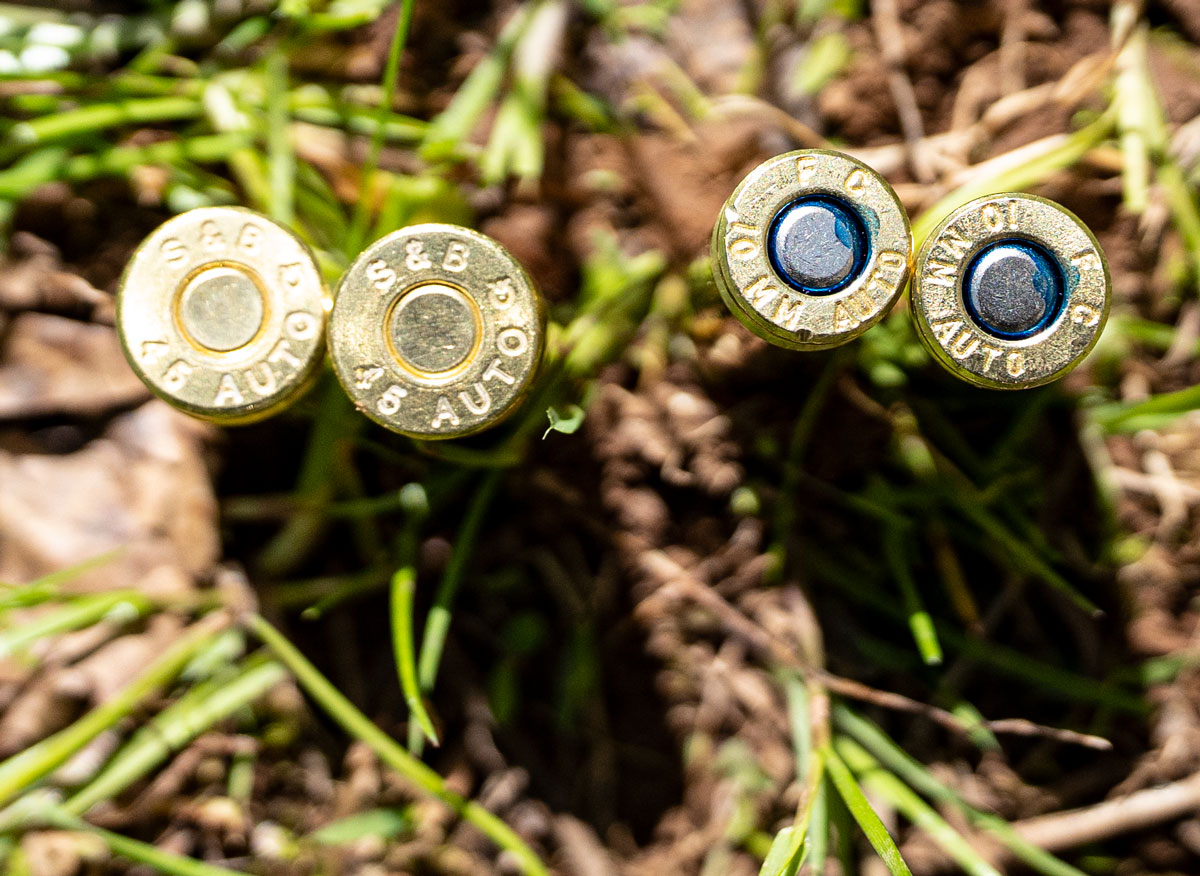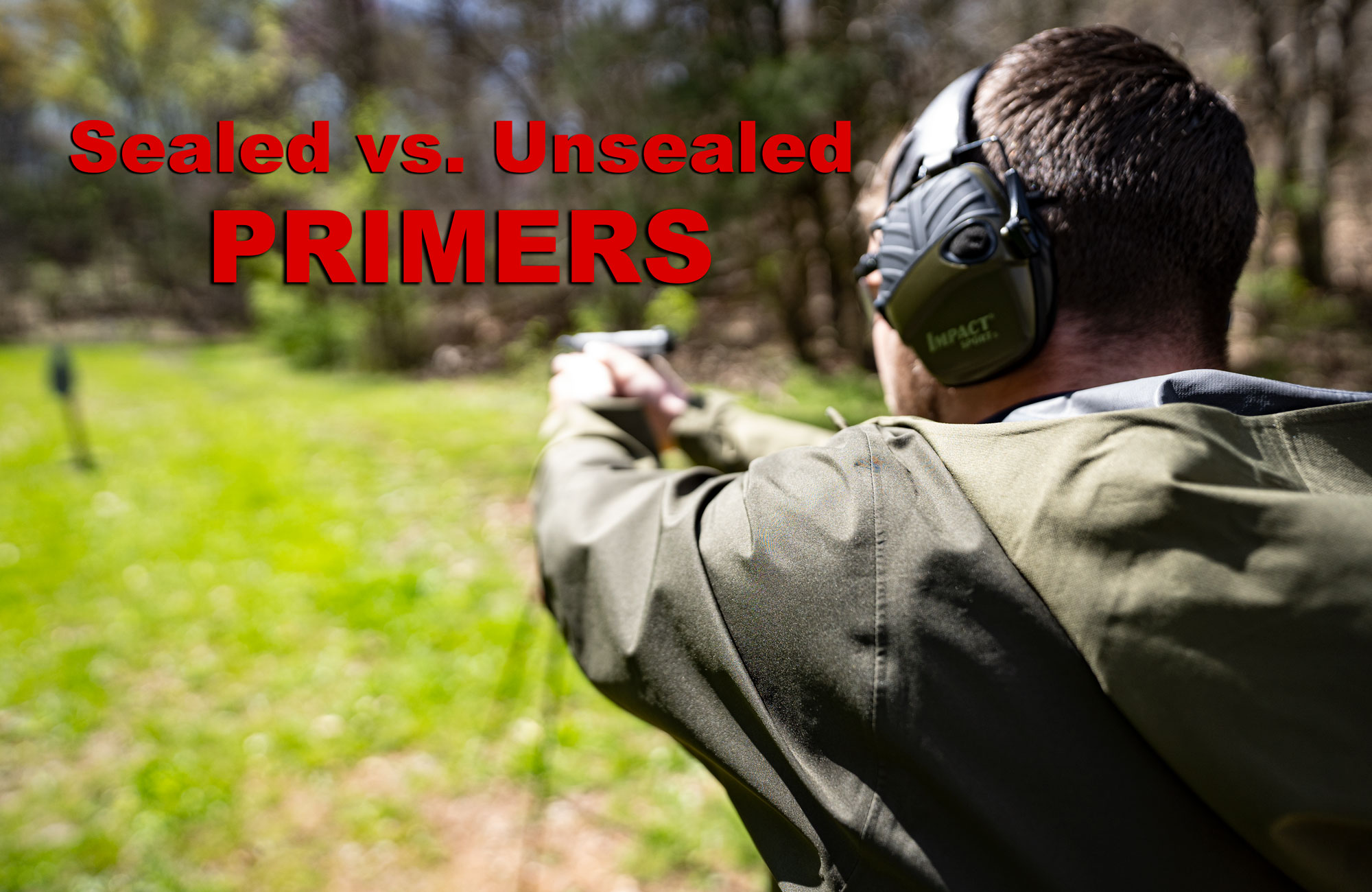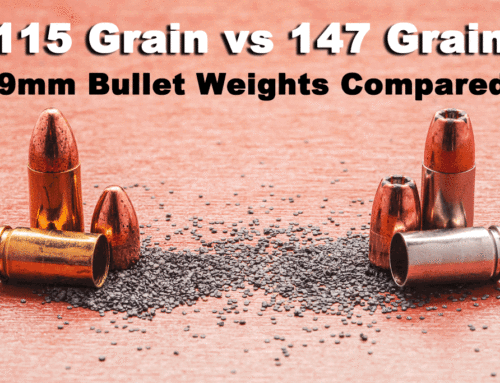The primer, as you may already know, is the component of a cartridge that turns the strike of a firing pin into ignition. The primer is not integral to the casing, but rather its own separate part. (With the exception of the rimfire primer, which is built into the casing.) Handloaders must replace a spent primer in order to turn a previously fired casing into a fresh cartridge.
Therein lies the problem with the primer: Any tiny gap between it and its casing may provide enough space to give passage to water, including humidity. We won’t go too deeply into the chemistry of propellant, but you can imagine getting wet doesn’t do it any favors.
What Seal Ammo Primers?

Some manufacturers may seal their primers to keep water infiltration from harming their ammo’s efficacy. The sealant itself is simple enough, usually a colored lacquer or similar compound. This lacquer makes a watertight seal around the primer. Some manufacturers may also seal the case mouth, i.e. the area of the cartridge where the casing meets the bullet.
Civilian ammo often doesn’t include sealed primers. Primers typically fit very snugly into the casing. This leaves virtually no gap through which water can infiltrate it. You may find a sealed primer on a hunting round that manufacturers designed to endure inclement weather. We’ve found it’s most common to find sealed primers on military ammunition.
Armies know their troops will have to slog through rain and mud. They’d rather they not arrive at a battle with soggy cartridges. If you see a circular stamp of red at the base of your milsurp round, it is there for that purpose.

Unsealed 45 ACP ammo (left) compared to 10mm ammo with sealed primers (right)
Your Takeaway on Sealed Primers
In our experience, a sealed primer doesn’t benefit a cartridge all that greatly in the short term. You could probably even submerge a round with an unsealed primer in water for a month without coming out any worse for wear. But for long-term storage and trekking through the elements, a sealed primer may very well spell the difference between a perfect shot and a failure to fire.






Leave A Comment